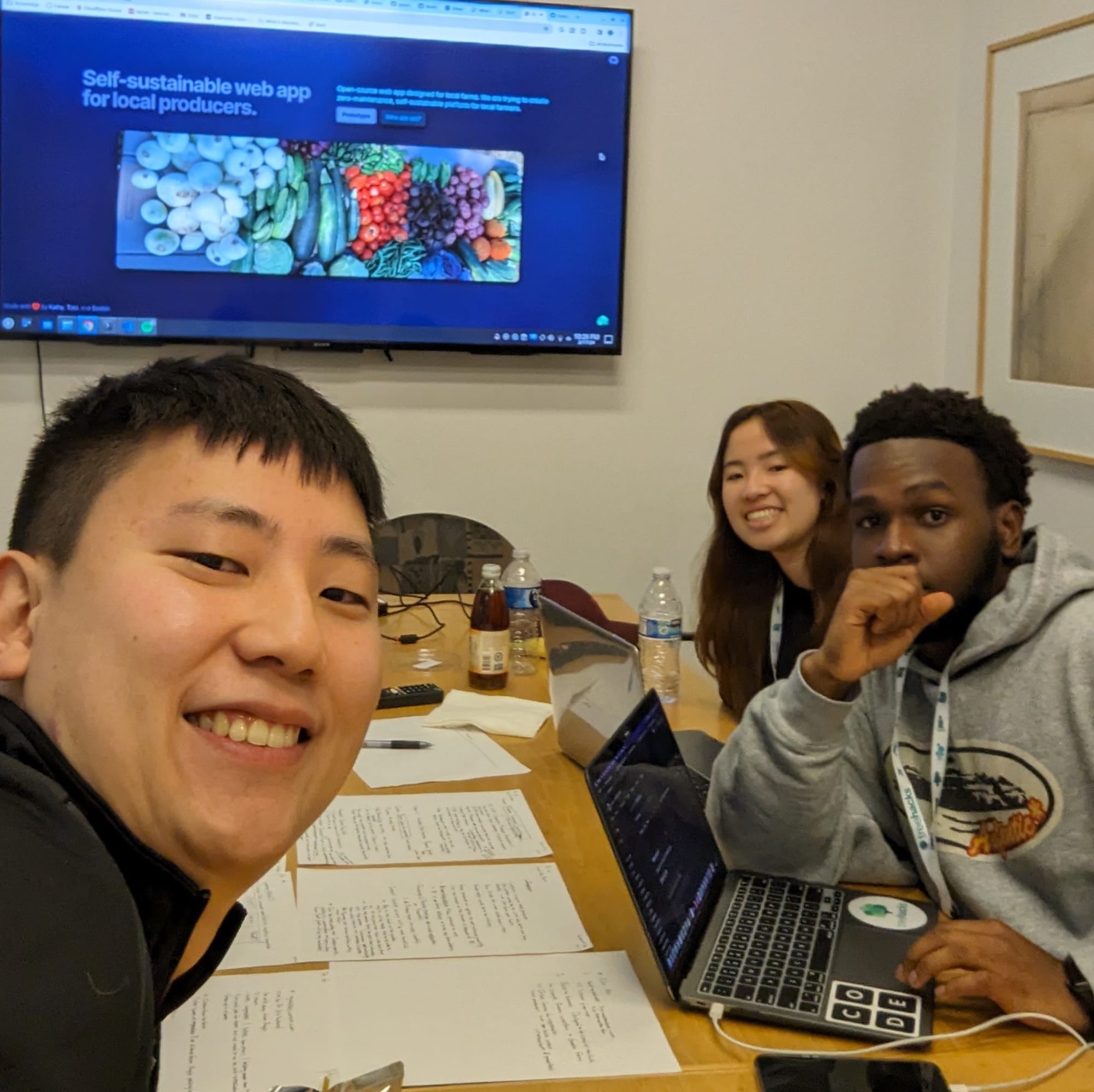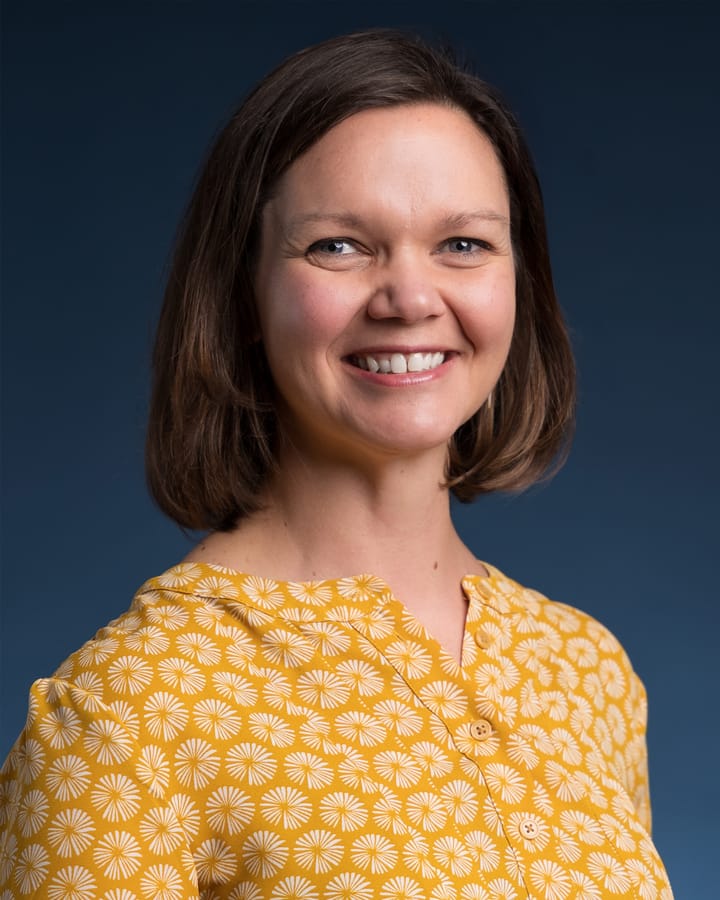Student competes in Stanford hackathon

One of the largest collegiate hackathons in the country only has about a 7.5% acceptance rate. That percentage decreases further when participants consider about half of the spots are reserved for Stanford University students.
Senior Soobin Rho applied to TreeHacks, Stanford’s student-run hackathon, with about a 4.6% acceptance rate. In February, he became one out of 1,696 hackers for this year’s event on Stanford’s campus.
The TreeHacks competition is an annual two-day intercollegiate hackathon. Rho said this event was a “hacking marathon.”
Hackathons are for anyone with an interest in technology to design and build useful and innovative solutions for both technical and non-technical world issues. Common tracks at TreeHacks included education, healthcare, sustainability and blockchain and security.
Rho said he decided to develop a local food sustainability app at TreeHacks after talking to biology professor Jennifer Gubbels. According to Rho, the app's goal is to support local producers by making self-sustainable web applications for them.
“My idea is that there would be an app where a South Dakota consumer would open and see local producers and what they have available that week,” Gubbels said. “They can then pick what they want, pay for the produce and then pick it up at the farm or farmers’ market, and it would be all ready to go for them. Even grocery stores could see what local produce is available and arrange for pickup.”
The hackers were allowed to code anything they wanted to and were given most of their time to code. Rho said participants were likely to code for at least 36 hours straight.
“Out of 36 hours, I spent around eight hours sleeping, 20 hours designing, planning and coding, and the rest of the eight hours just chilling, roaming around the Stanford campus, eating snacks, going to workshops arranged by TreeHacks organizers,” Rho said.

The projects were all judged mainly on their impact on the outside world, along with the coder’s technical mastery of it. Participants competed for the top spot in categories such as “Most Creative Hack” and “Most Impactful Hack,” with grand prizes ranging from AI drones to apple watches to cash.
Rho applied for TreeHacks by submitting an essay stating what he hoped to get from the competition and what he had built prior to TreeHacks. He said Stanford student volunteers reviewed the applications.
Rho applied in November and was waitlisted. In January, he was accepted.
“I was waitlisted at TreeHacks too, but later they got me off the waitlist,” Rho said. “It's possible they got me off the waitlist because I found a bug on their website and made a bug fix.”
Rho said one of the only expenses for the event was a flight to California. Once he was there, Rho created the first iteration of the Good Life Farms prototype.
“Now, Dr. G, Dr. Willard, and I will make it into something Dr. G can really use for her farm. After that, we'll try to make it available for all local producers,” Rho said.
Currently, Rho, Gubbels and business professor Matthew Willard are working to make the app available for all local farmers and producers, and they are aiming to partner with South Dakota’s Specialty Producers Association.
Rho said that when Gubbels first came to him, he made her a promise to build the app.
“I remember telling her, I don’t know how long it will take me actually to make this, but I promise you that I will get it done,” Rho said.
Rho said the collaboration with Gubbels is part of the reason he was so excited to get into TreeHacks. He knew he could have time to work on Good Life Farms to fulfill his promise.
“Soobin has been very generous in offering his time and expertise to help build an app not just for Good Life Farms but for other local producers in the area,” Gubbels said.
Rho said he hopes more people will join the mission to promote environmental sustainability by helping local producers. He said that because the project is open source, anyone is welcome to contribute to marketing, programming and more.
With a background of being a double major in math and physics, Rho has long had an interest in computer science. After his freshman year, though, he had to go back to South Korea to serve in the army for four years, as is mandatory for all men in South Korea.
While Rho was serving, he said he noticed that there was a major issue that would have required a lot of manual work by hand but could be easily fixed by programming. This moment is when he first started programming and coding.
When Rho returned to Augustana in 2022 as a sophomore, he dropped his math and physics majors and became a philosophy and computer science double major instead.
Rho said his vision for the university includes its participation in more of these top programs to strengthen its academic reputation and encourage more students to choose Augustana for their education. According to Rho, this participation would make Augustana one of the “best colleges in the world.”
Rho said he loves Augustana most for the people, professors and friends he has met.
“We have professors that genuinely love teaching, and in turn, we fall in love with the subject they teach,” Rho said.
Rho said he wishes more of his peers knew about these opportunities he has been given. He said he thinks more people would have loved to participate in TreeHacks but couldn’t because they didn’t know it was an option.
A previous version of this article reported that hackathons are for computer science and hacking students to design and build useful and innovative solutions for technical issues.
However, it is correct that hackathons are for anyone with an interest in technology to design and build useful and innovative solutions for both technical and non-technical world issues. Additionally, the app's goal is to support local producers by making self-sustainable web applications for them.



